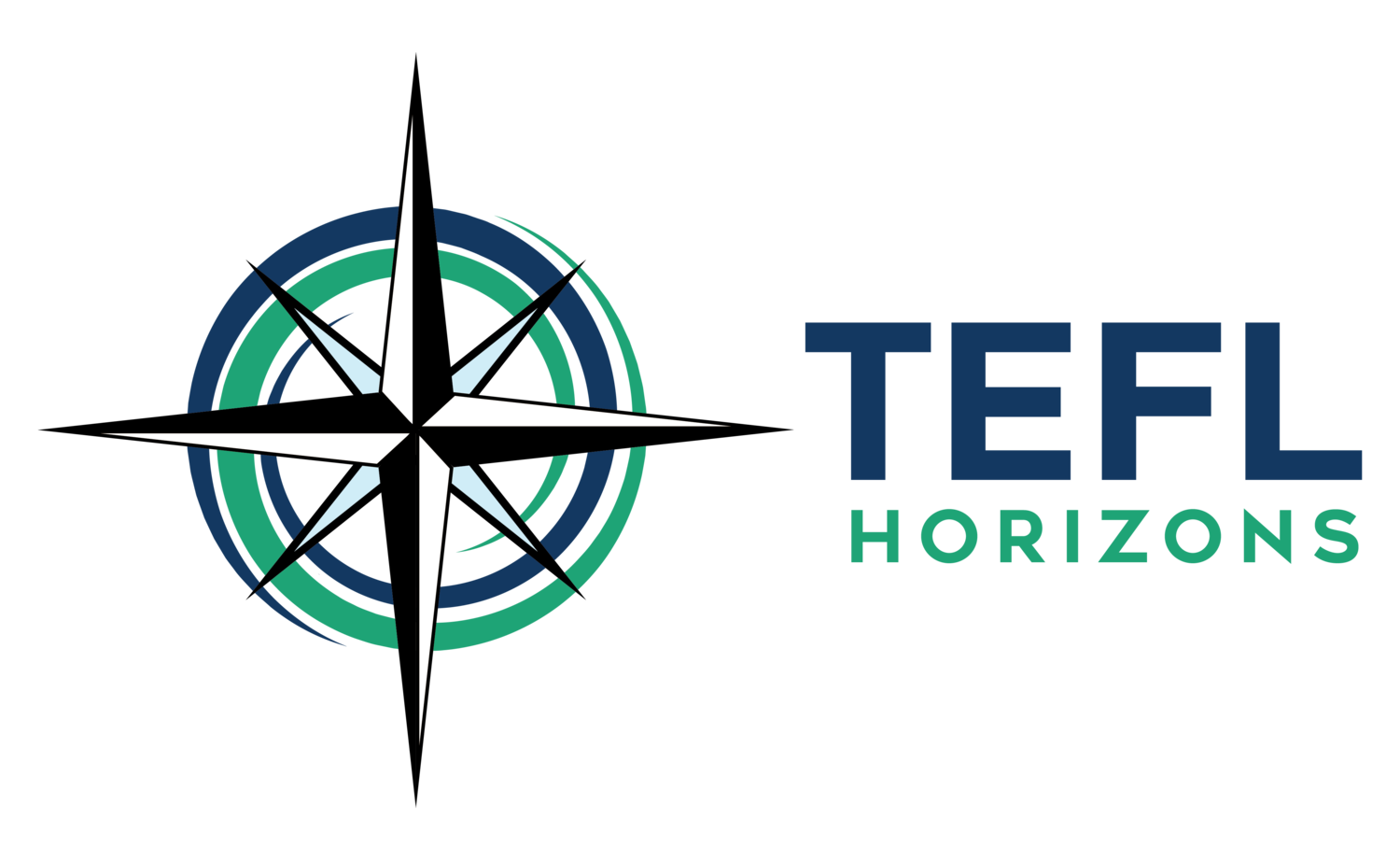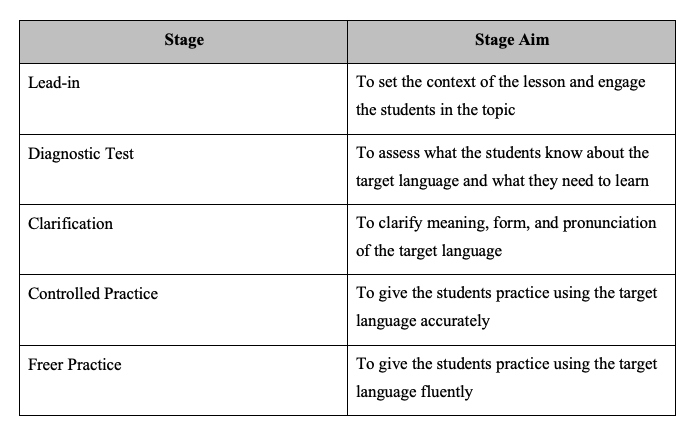At first, teaching English sounds pretty straightforward. You know how to speak English. So teaching English must just be a matter of standing in front of the class and, well… teaching the students English. Introducing them to some new words. Correcting their grammar. And that’s all there is to it! Right?
Not exactly. The first time new teachers sit down to plan a lesson or stand up to teach one, they suddenly feel overwhelmed. There’s so much you can cover; where do you even start? How do you choose and order your activities? How do you know what will work and what won’t? How do you find enough material to fill your full 60-minute class… or how do you narrow down your material so you don’t run overtime?
Here’s the one thing that basically answers all of the questions above and will completely revolutionize the way you approach teaching: lesson frameworks.
What are lesson frameworks?
A lesson framework is basically a set pattern of stages for you to follow in your lesson. Different types of lessons have different frameworks. Each framework is essentially an outline; it informs what kind of activity to start with, then what kind of activity to do next, and then how to progress from there- all depending on the type of lesson you want to teach.
You don’t have to feel lost! A lesson framework is like a map you can follow to a successful lesson.
English lessons aren’t exclusively about grammar and vocabulary. Students also need opportunities to practice skills like reading comprehension.
Wait- what are lesson “types?”
Right. Let’s back up for a moment. The first thing to be aware of is that, while grammar and vocabulary are a big part of teaching English, there are other aspects of English students need to practice, too. Students also need help developing their reading and listening comprehension skills as well as their speaking and writing skills. Building fluency in English requires a focus on all of these different aspects of the language.
So these seven different aspects of language:
Reading
Listening
Writing
Speaking
Vocabulary
Grammar
Functional Language
are the seven different lesson types.
From there, we can divide the lesson types into two main categories:
SKILLS and SYSTEMS
The language SKILLS are reading, listening, speaking, and writing.
These skills can be further divided into two subcategories:
Receptive skills: reading and listening (these involve receiving language)
Productive skills: speaking and writing (these involve producing language)
The language SYSTEMS are vocabulary, grammar, and functional language.
The difference between skills and systems is that the four skills are things you can learn how to do. Reading, writing, speaking, listening—these are verbs, things you can actively do. You learn how to read, you learn how to write…. but you never learn how to grammar. Systems, on the other hand, are just sets of rules. Students either know a certain verb tense or vocabulary word… or they don’t. Grammaring isn’t something they can actively do- they just need to learn and memorize grammatical structures and vocabulary words.
“The difference between skills and systems is that the four skills are things you can learn HOW to do. Systems, on the other hand, are just sets of rules.”
So this brings us back to the idea of frameworks. Once you’ve decided what type of lesson you’d like to teach, the appropriate lesson framework then provides you with an outline of how to go about teaching it.
Common Lesson Frameworks
While there are other structures you can use to teach a lesson, depending on your methodology and techniques, here are the six most common types of frameworks you’ll want to learn. If executed well, these are pretty much guaranteed to be effective.
Receptive Skills (reading or listening) Lesson Framework
Speaking Lesson Framework
Writing Lesson Framework
Systems (grammar, vocabulary, or functional language) Lesson Framework 1: Situational Presentation
Systems Lesson Framework 2: Test-Teach-Test Presentation
Systems Lesson Framework 3: Text-Based Presentation
As we’ve said, each framework has a set structure of stages for you to follow in the lesson. Let’s take a look at a test-teach-test systems lesson framework as an example:
Test-Teach-Test Framework (for Systems)
If you aren’t terribly familiar with lesson types or frameworks yet, the table above probably still doesn’t make much sense. For now, the thing to understand is that each of the above stages contains one full activity (like a worksheet students do or a discussion they have in pairs) in the lesson. You can use this same structure for any grammar, vocabulary, or functional language lesson you’re teaching- you just slot in different activities for each stage (that achieve the same stage aim), depending on what particular language item you’re teaching. If you’re interested in learning more about what each of these stages mean, we can help! We recently did a free webinar workshop all about how to teach grammar using a test-teach-test framework. Want to get the video replay of it for free?There’s a spot at the end of this post for you to enter your email address so we can send it to you.
And stay tuned! We’ll be adding more blog posts here about different lesson frameworks and how to use them.



